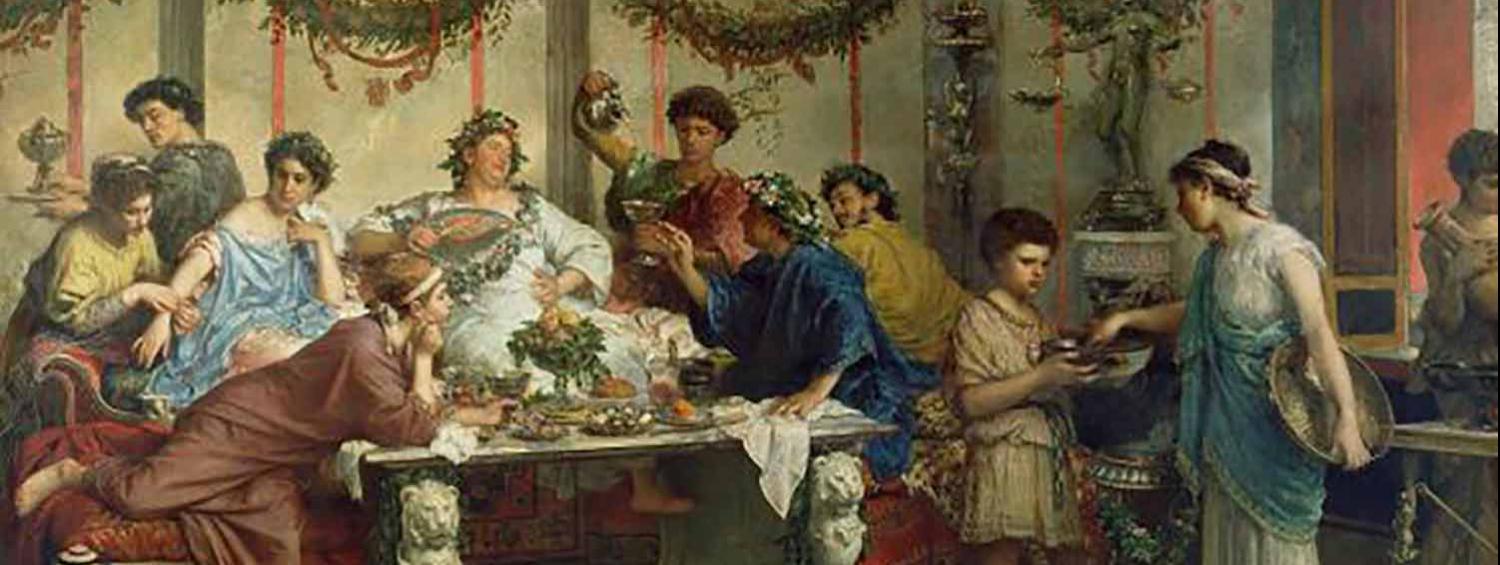The “reason for the season,” or rather the reason Christmas occurs in the winter, actually has less to do with the biblical nativity (which likely occurred in the summer months) and more to do with the winter solstice. Winter solstice, or midwinter, falls on either December 21 or December 22 and marks the day of the year that has the shortest period of daylight and the longest night. Since antiquity, many cultures have celebrated the winter solstice as a turning point -- a sign of the coming spring, renewed health, and hope for a better life. This time of year inspired many of the holiday traditions in the world today.
Take the Christmas tree or holly, for example:
Decorating homes with evergreen trees and foliage was an ancient practice that far predates Christianity and the Christmas holiday. In the northern hemisphere, ancient peoples believed that evergreen trees could protect one’s home from spirits, witches and illness. It was once believed that winter occured because the Sun God grew sick and weak each year; winter solstice was celebrated because it meant that his strength was returning. Evergreen trees and branches were brought into homes as a reminder that prosperity and warmth would be returning. Similarly, in ancient Egypt the deity of the sun (Ra) was honored at solstice by bringing green palms into homes. And in Rome, the feast Saturnalia honored the god of agriculture and harvest, Saturn; lavish feasts were consumed and temples were decorated with evergreen boughs.







